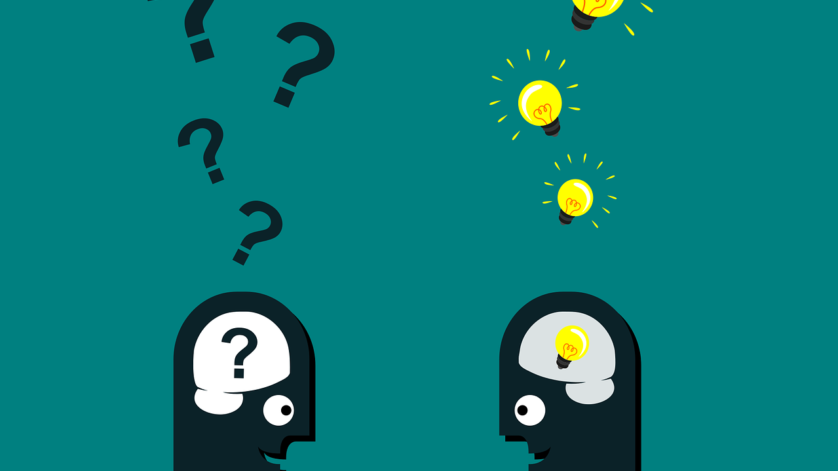Mind mapping is one of the best student studying tips as it is easy, quite enjoyable and it allows you to see how ideas link together.
If you are a visual learner who is tired of the same old student studying tips then this one will be particularly good for you, however, a lot of people find it effective so however you learn best why not give it a try?
The best mind mapping involves writing down a key concept of your subject and thinking up new and related ideas which radiate out from the centre. This is one of the good student studying tips as it means you are focussing on these key ideas, written down in your own words, and then looking for branches out and connections between the ideas.
You are mapping knowledge in a way which will help you understand and remember new information and get you thinking more analytically.
1. Look for Relationships
Some student studying tips are boring, but with mind mapping you can be more creative. Use lines, colours, arrows, branches or anything you want as a way of showing connections between the ideas generated on your mind map.
You can use different colours to differentiate between the strength of the links, which sets this technique apart from many other student studying tips. These relationships you find may be an important aid you in understanding new information or in constructing a structured essay plan.
By personalising the map with your own symbols and designs you will be constructing visual and meaningful relationships between ideas which will assist in your recall and understanding.
2. Draw Quickly on Unlined Paper
All of these things promote one way (or linear) thinking and the idea of mind mapping is to think creatively and in a non-linear manner. There will be plenty of time for modifying the information later on but at this stage it is important to get every possibility into the mind map.
The scope to include so much information but draw it together effectively is why mind mapping is one of the best student studying tips. Sometimes it is one of those obscure possibilities that may become the key to your knowledge of a topic.
3. Write Down Key Ideas
Some students find that using capital letters encourages them to get down only the key points. Capitals are also easier to read in a diagram, but I find capitals always promotes key wording so using it for all the mapping will have no effect.
Instead use it for key words and ideas to ensure you notice them. You can apply the technique of using capital letters for key points to many other areas of student studying tips.
4. Put the Key Idea in the Centre
Most students find it useful to turn their page on the side and do a mind map in “landscape” style, this of course is exactly the same as doing it at any angle but psychologically you think there’s more room.
With the main idea or topic in the middle of the page this gives the maximum space for other ideas to radiate out from the centre and so means that you can include lots of information which is a vital factor for any one of the student studying tips.
5. Leave a Good Amount of Space
This is one of the student studying tips you can use over an extended period. Some of the most useful mind maps are those which are added to over a period of time. After the initial drawing of the mind map you may wish to highlight things, add information or add questions for the duration of a subject right up until exam time.
For this reason it is a good idea to leave lots of space. Understand that in one day you may think you’ve covered everything, but as soon as you go to sleep and your brain begins to catalogue your day you’ll wake up with fresh ideas, so return to your mind maps regularly to add to it and to read what you’ve done.
With all the different possibilities to be creative within this method you can see why we have highlighted it as one of the best student tips, so try it out yourself.

